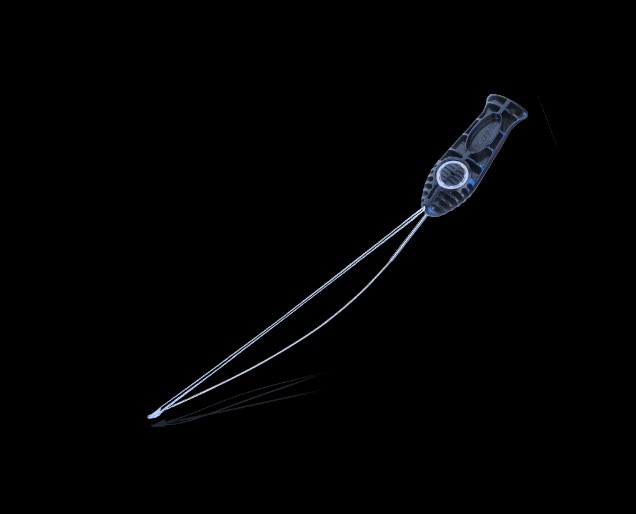In addition to anterior glenoid bone loss, patients with traumatic shoulder instability may also experience bone loss of the posterolateral humeral head, often referred to as a Hill-Sachs lesion. Depending on the size and position of the Hill-Sachs lesion, the lesion may engage with the anterior glenoid rim upon certain movements. The role that Hill-Sachs lesions play in recurrent instability1 have led many to address them through a technique called Remplissage. In this technique, the lesion is “filled” by infraspinatus tenodesis and posterior capsulodesis to prevent the lesion from engaging with the glenoid rim. Many studies have shown favorable results in using Remplissage to address Hill-Sachs lesions and prevent recurrent dislocation, reporting failure rates of 0-15%2-7.
Remplissage Surgical Technique

CONTACT US
Remplissage Surgical Technique
PRODUCT
Y-Knot® RC All-Suture Anchor
- Soft: All-suture anchors
- Simple: Self-punching design
- Secure: 360-degree FormFit™ Fixation
Clinical Resources
- Remplissage of an Off-track Hill-Sachs Lesion Is Necessary to Restore Biomechanical Glenohumeral Joint Stability in a Bipolar Bone Loss Model – Hartzler, RU et al.
- Outcomes of arthroscopic “Remplissage”: capsulotenodesis of the engaging large Hill-Sachs lesion – Haviv B, et al.
- Anatomical and Functional Results After Arthroscopic Hill-Sachs Remplissage – Boileau P, et al.
Info Contact
| Speciality | Orthopeadic |
| Name | Micheal Subbout |
| Tel | +27 39944949494944 |
| info@medhold.co.za | |
| Other | Other |
© 2025 Medhold Group (Pty) Ltd. All rights reserved. Designed by Danlee Digital

